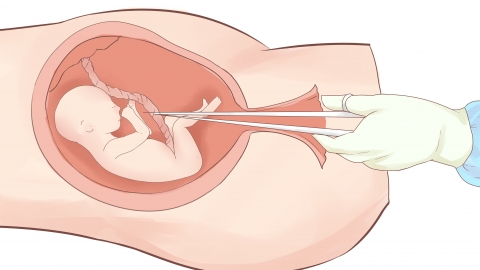What does term labor induction mean?
Induced labor at term refers to the process of using medical methods to stimulate uterine contractions after 37 weeks of gestation, in order to deliver the fetus and placenta. It is one way to terminate a full-term pregnancy. If abnormal symptoms occur during pregnancy, or if there are no signs of labor by the expected due date, it is recommended to seek timely medical evaluation to determine whether induction is necessary.

Circumstances that may require induced labor at term include maternal complications such as gestational hypertension or diabetes, where continuing the pregnancy could endanger the health of mother and baby; fetal conditions such as intrauterine hypoxia or growth restriction, requiring early termination of pregnancy for fetal safety; or cases in which the due date has passed by a week without spontaneous onset of labor.
Common methods of induced labor at term include pharmacological induction and mechanical induction. Pharmacological induction typically involves drugs such as oxytocin to promote uterine contractions, while mechanical induction uses techniques like inserting a balloon catheter to stimulate cervical ripening. Throughout the process, close monitoring of both maternal and fetal vital signs is essential, with adjustments made according to contraction patterns to ensure safe delivery.
After induced labor, adequate rest should be taken to avoid fatigue; maintain external genital hygiene to prevent infection; consume a diet rich in high-quality protein and vitamins to support recovery; monitor vaginal bleeding and abdominal pain, and attend follow-up appointments as scheduled to assess physical recovery.




